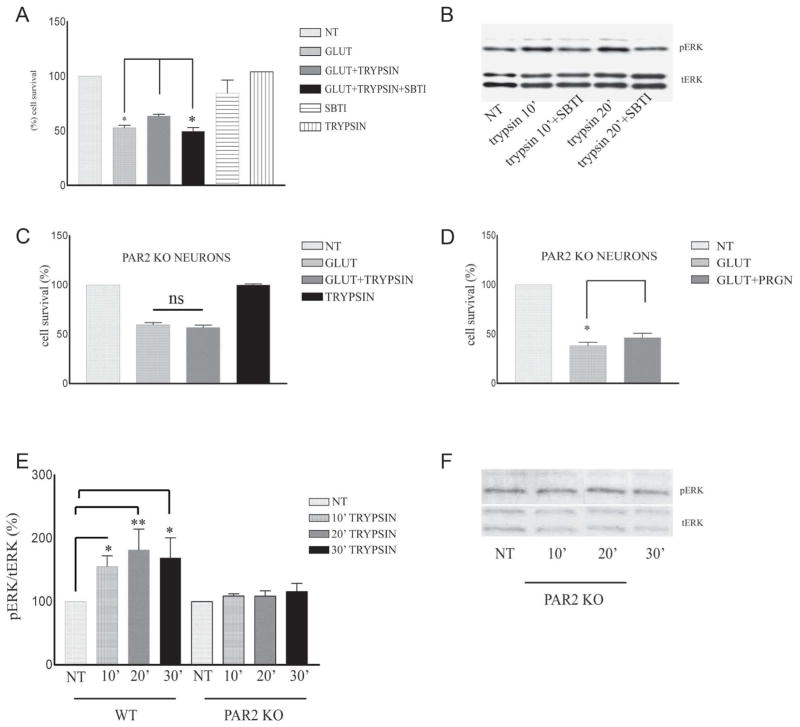Figure 2. Trypsin activity and PAR2 receptor are necessary for trypsin-induced neuroprotection against glutamate excitotoxicity.
(A) Treatment of 7DIV cortical neurons with 11 nM SBTI 30 minutes prior to trypsin administration inhibits trypsin-induced neuroprotection against glutamate toxicity (glutamate vs glutamate+trypsin P<0.05, glutamate+trypsin vs glutamate+trypsin+SBTI P<0.05). Results (Tukey’s post-hoc, mean ± standard error [SE]) were calculated from 4 independent experiments. SBTI shows no neurotoxicity. (B) SBTI (11 nM) blocks trypsin-induced ERK1/2 phosphorylation. Inhibitor was added to cultures 30 minutes prior to the addition of 5.25 nM trypsin. Neurons were subsequently collected at the indicated times after trypsin administration and subjected to SDS-PAGE and WB as above. (C) PAR2 KO mouse cortical neurons were treated at 7DIV with 5.25 nM trypsin for 1 hour, followed by 3 hours of exposure to glutamate. Cells were fixed in 4% paraformaldehyde, stained with Hoechst and neuronal survival was measured as described in Fig. 1. Trypsin treatment does not protect against glutamate in cortical neurons lacking PAR2 (percentage of survival for glutamate treated neurons 59.7±2.2, for glutamate +trypsin treated neurons 56.94±2.3). Results (mean ± standard error) were calculated from 5 independent experiments. (D) PAR2 deficiency has no effect on progranulin-induced neuroprotection against glutamate. Eight DIV mouse PAR2 KO cortical neurons were treated overnight with 35nM progranulin, fixed as described above and healthy Hoechst stained nuclei were counted. Progranulin is neuroprotective even in the absence of PAR2 (P<0.05, n=4). (E) Densitometric analysis of p-ERK 1/2 in the presence of trypsin at different time points expressed as percentage of phospho-ERK 1/2 (p-ERK) to total ERK 1/2 (t-ERK) ratio that was set as 100% for control (NT). Bars represent phospho-protein to total protein ratios relative to control. *p<0.05, (Tukey’s post hoc). (F) A representative blot out of 5 experiments shows no ERK activation after trypsin treatment in the absence of PAR2.

